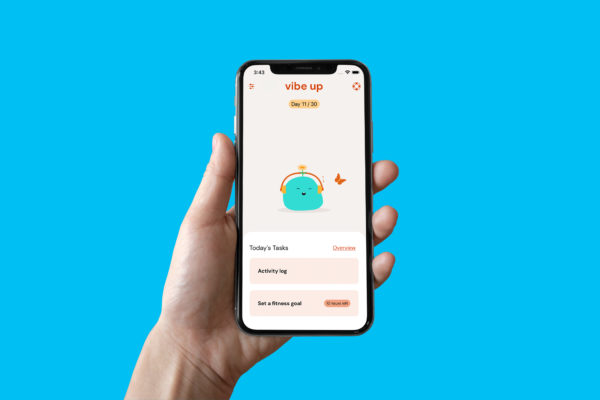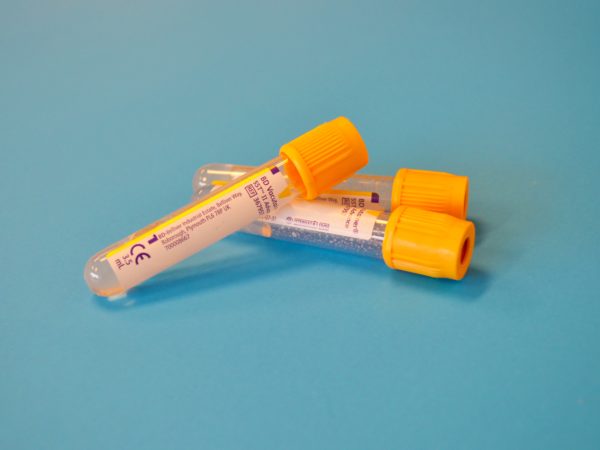Research is finding that while data is useful, unquantifiable factors play an important role in athlete performance.
Science is playing an ever-growing role in elite sport, helping coaches and performance support staff determine optimal training loads for performance success and injury prevention.
However, research into the training loads of elite rowers has reinforced the importance of integrating science and an understanding of the less tangible elements of sporting performance, according to a Deakin researcher.
Dr Jacquie Tran, from the School of Exercise and Nutrition Sciences and the Geelong Cats Football Club, studied the training loads of 21 Australian elite rowers in the lead up to the 2012 London Olympics.
Her work assessed whether performance levels could be maintained under a training regime that included 70 per cent rowing training and 30 per cent non-rowing activity, such as running, cycling or gym work, rather than the traditional 90 per cent rowing training model.
“This ‘principle of training variety’ was largely untested in rowing, and the push came from coaches and physiologists to attempt to reduce injuries and minimise the monotony caused by excessive rowing,” Dr Tran explained.
“Rowers are not often injured, but when they are it’s usually from overuse such as stress fractures of the ribs and lower back and injuries to the wrist.
“Unfortunately, overuse injuries usually take a long time to heal, often requiring injured athletes to complete modified training programs for a long time.”
For rowers, competitive success requires both aerobic and anaerobic capacity, combined with the skills to perform precise stroke mechanics and complemented by muscle strength endurance to overcome water and wind resistance.
[testimonial_text]Elite rowers typically race over 2000 metres in 5.5 to seven minutes. To develop the skills and level of fitness required to achieve this, the athletes in the study trained for an average of 20 hours a week in two to three sessions per day, with training taking place on most days of the week.[/testimonial_text]
[testimonial_picture name=”Dr Jacquie Tran” details=”School of Exercise and Nutrition Sciences”]
This included rowing 120-140 kilometres per week, mostly on the water, but also on rowing machines, complemented by injury prevention work like Pilates and strength and fitness training such as gym work, running, and cycling.
“Rowers have long lead times in terms of their training – they train for seven months to prepare for four months of competition,” Dr Tran said.
“Part of the push to include more non-rowing related training is to support the motivation to train over that time, by reducing training monotony and minimising the risk of injuries that can impact on training and performance.”
Dr Tran and her team found that rowers using the 70 per cent rowing /30 per cent non-rowing training combination were able to maintain their performance at an elite level.
While the study uncovered areas for further research into elite rowing training loads, Dr Tran’s work also points to findings that can be applied to other fields.
“It’s about developing a better understanding of training demands and practices, and how to understand when athletes may be at increased risk of injury or illness,” she said.
“However, it is a mix of art and science – it can’t all be about the numbers.
“A huge part of performance and injury prevention is the relationship between the athlete and their coach and all the intangible things that we can’t quantify but are captured in that relationship.
“We need to look at all the demands on athletes, not just their training loads – asking what kind of social support they have, what work or study pressures they are under, and what’s going well and not so well in their lives?
“What I’ve noticed over the past few years is a change from focusing only on what happens in the daily training environment to now looking at the whole athlete, the whole coach, and the ecosystem they’re operating in.”




